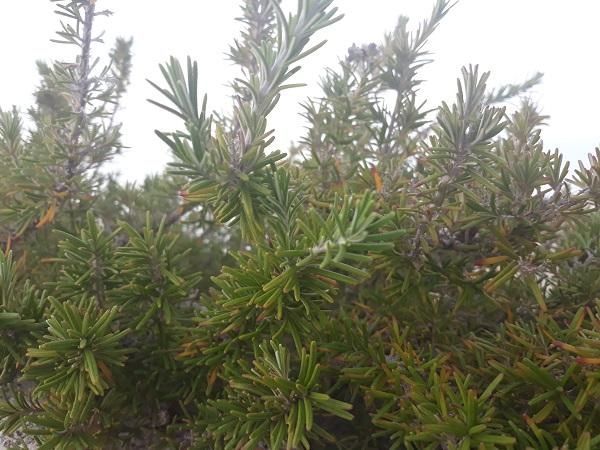Vitamin E is a potential antioxidant that could act as a sentinel in plants, sending molecular signs from chloroplast –a cell organelle- to the nucleus. This is stated in an article published in the journal Trends in Plant Science by the experts Sergi Munné-Bosch and Paula Muñoz, from the Faculty of Biology of the UB. This flow of information reaching the cell nucleus –retrograde signalling- is a molecular mechanism that would ease the adaptive response of plants in physiological stress situation (salinity, lack of nutrients, drought, senescence, etc.).
A communication pathway from chloroplast to cellular nucleus
Vitamin E gathers a group of molecules with natural origins –tocopherols and tocotrienols- synthetized by photosynthetic organisms and a fundamental role in the plant and animal metabolism. These molecules, with a similar function and chemical structures, differ from each other in their distribution and location: while tocopherols are distributed globally in the plant kingdom, tocotrienols are only seen in some species and organs, and are regarded as secondary metabolites.
The new study highlights the biological role of vitamin E in the process of cell communication that goes from chloroplast to the cell nucleus. “The role of vitamin E would be to send signals from the chloroplast to the nucleus to make a cell reprogramming at a molecular scale and unchain proper responses to several stress situations. This flow of information going to the cell nucleus would be determining to regulate key aspects of the development in plants, such as senescence of organs (leaves, flowers), or ripening of fruits”, notes Sergi Munné-Bosch, lecturer at the Department of Evolutionary Biology, Ecology and Environmental Sciences, and ICREA Academia.
Read more at University of Barcelona
Image: The new study highlights the biological role of vitamin E in the process of cell communication that goes from chloroplast to the cell nucleus. (Credit: Sergi Munné-Bosch (Research Group ANTIOX of the University of Barcelona))


